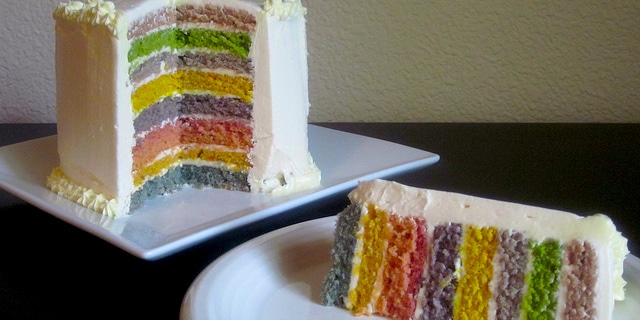
Kids love color because they enjoy foods with their eyes before their taste buds. Bright greens, pinks, oranges, and purples are appealing to our little ones. But food coloring is often made with chemicals. Food coloring may be bright and beautiful but it also presents a health hazard. And recently, food coloring made with artificial colors have been called into question because of toxicity.
Read more about what food coloring is
From Kool-Aid to Jell-O and even mac n’ cheese these foods likely contain the three most popular artificial colors: Yellow #5, Blue #1, and Red #40. Parents are especially concerned that these chemicals cause ADHD and make it harder for our kids to stay focused. While only seven colors remain on the FDA’s approved list, even these colors may cause allergic reactions and even cancer in some animal studies. But the rainbow of colors that kids love so much can actually be made organically.
If you’ve ever cooked beets, you’re aware that they can dye your fingers, the cutting board, and the counter. So why not put that color to good use? Simply roast your beets, peel, and grate them. Wanna make a red velvet cake? Add them to the cake batter or you can make a deep pink icing.
Carrot juice is a great way to make orange icing (think Halloween goodies!). You can either juice carrots on your own or buy prepared cold pressed carrot juice. Yellow dye is as easy as adding turmeric. Want to turn your tofu scramble yellow? Add a teaspoon of turmeric per pound of tofu.
Boiling purple cabbage until the water turns a deep purple is a natural way of producing a purple dye and boiling spinach produces a green food coloring.
Read more about spirulina as a blue food dye
It’s all about making food coloring out of food instead of strange chemicals that produce frightening side effects. If you want to avoid artificial colors in your diet, read the ingredients label. Additionally, organic foods do not contain artificial colors.
Image: Jennifer Chait




